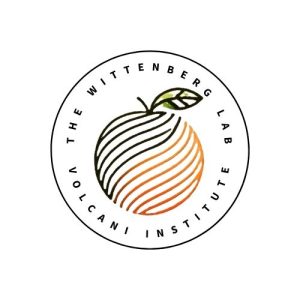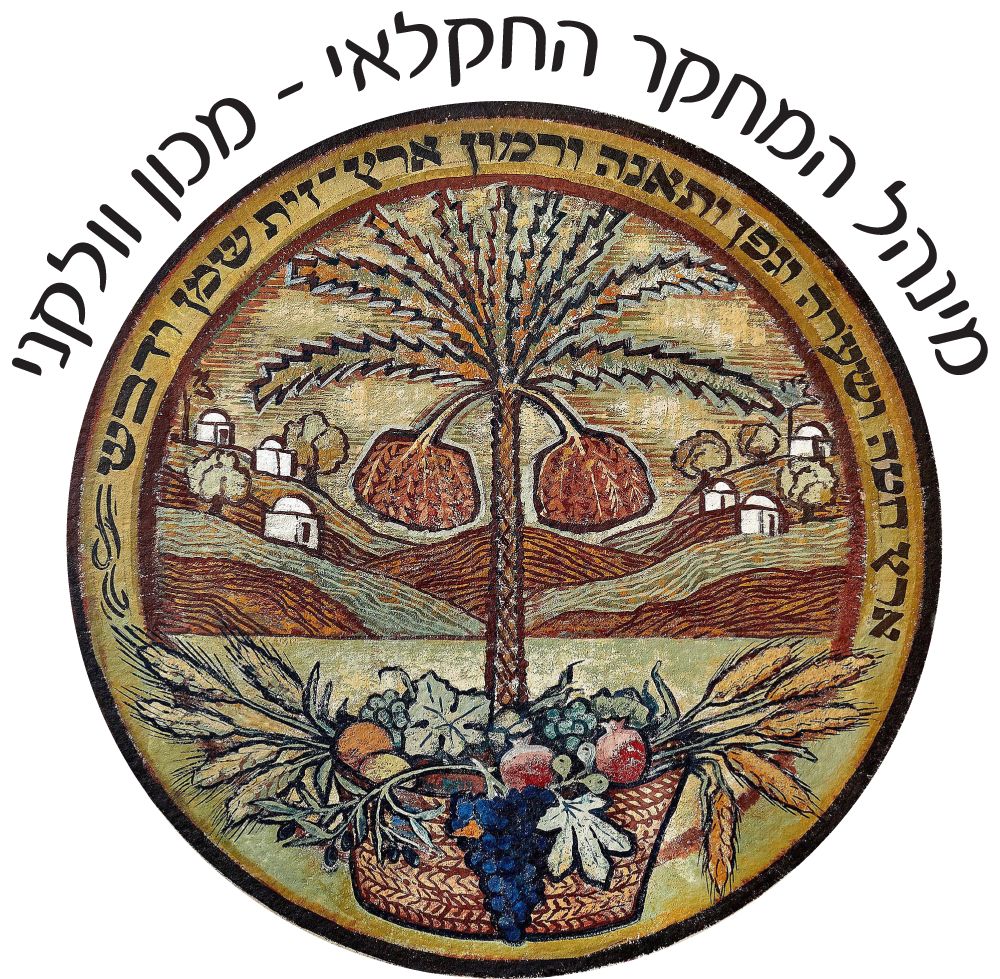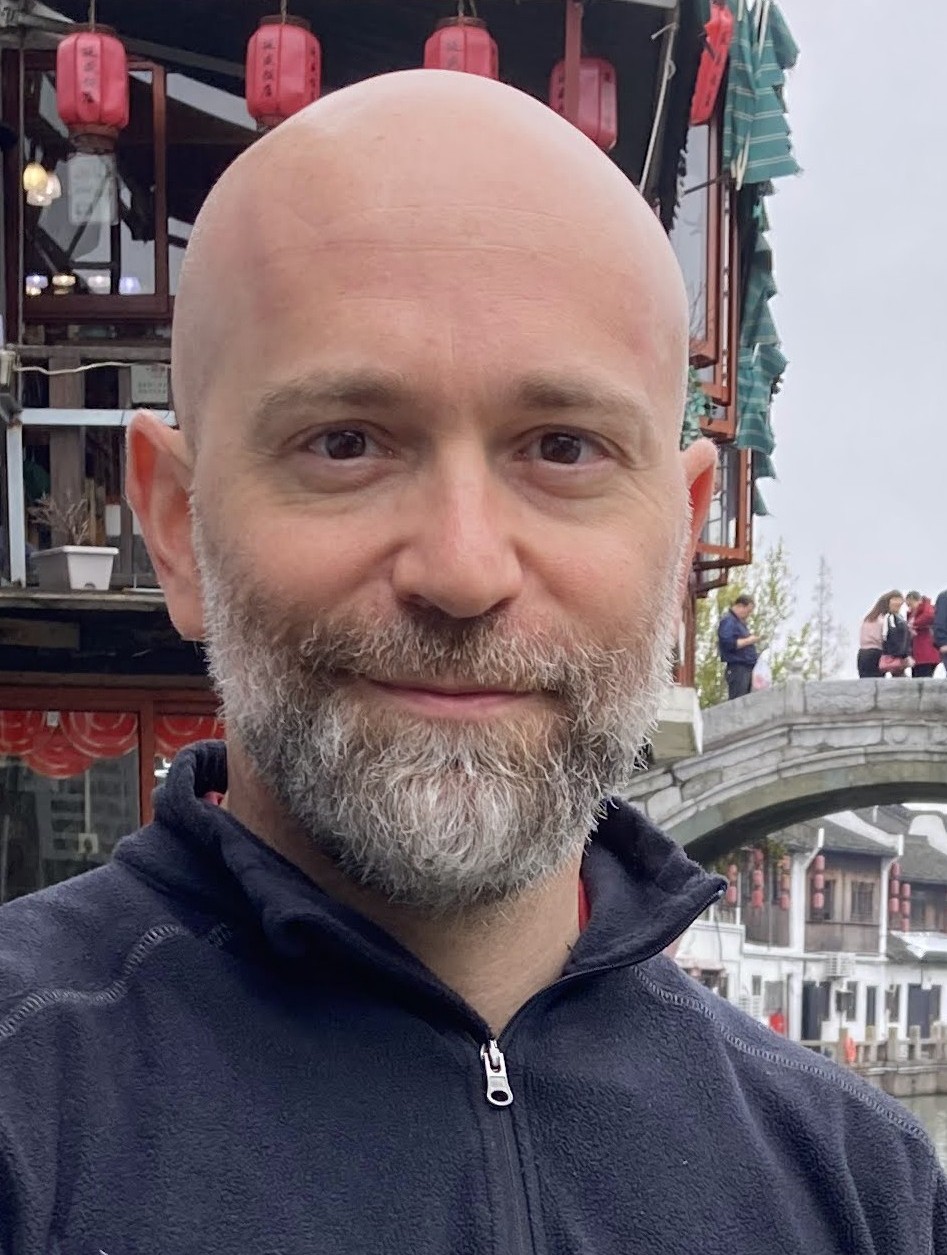Gal Wittenberg Ph.D.
Researcher, Postharvest Organellar Biology
- Institute of Postharvest and Food Sciences
- Postharvest Science
- Postharvest building, room 223
- +972-39683602
Biography
Gal studied Food Engineering and Biotechnology and realized that he wants to focus on research. He holds an MSc and PhD from the Weizmann Institute of Science, where he studied the way redox reactions take part in how plants (and specifically chloroplasts) sense and react to changing light intensities. He then continued his research career as a postdoctoral fellow, engineering photosynthesis proteins for accelerated electron transfer. Moving to the Max Planck Institute for Molecular Plant Physiology at Potsdam-Golm, Germany, also as a postdoctoral fellow, he studied how plants assemble their photosynthetic machinery.
Back in Israel Gal moved from academia to the biotech and agritech industry, specializing in product development. Gal developed cutting edge, novel products in cosmetics (at IBR ltd as a senior project manager), plant protectoin (at Metabolic Insights ltd as head of entomology) and livestock health (at NeoManna ltd as VP of R&D).
Education
-
2000-2004
BSc, Food Engineering and Biotechnology, Technion, Israel
-
2005-2010
MSc + PhD, Department of Plant Sciences, Weizmann Institute of Science, Israel
-
2010-2012
Postdoctoral Fellow, Department of Plant Sciences, Weizmann Institute of Science, Israel
-
2012-2016
Postdoctoral Fellow, Max Plank Institute for Molecular Plant Physiology (MPIMP), Potsdam-Golm, Germany
-
2016-2017
Senior Project Manager, IBR ltd, Israel
-
2017-2022
Head of Entomology, Metabolic Insights ltd, Israel
-
2022-2024
VP of R&D, NeoManna ltd, Israel
Research Interests

Plastid transformations during ripening
Plastids perform a plethora of roles in plants. Chloroplasts, the most characterized plastids, are the engines of photosynthesis. During fruit ripening, chloroplasts transition into chromoplasts, in which carotenoids are produced and stored. While this process is an everyday experience to most, and despite its agricultural and financial importance, our understanding of how this occurs remains insufficient. How is the photosynthetic machinery dismantled? What regulatory pathways control this transformation? We explore the protein biochemistry, molecular signaling, and genetic controls that drive this shift.
Chilling injuries in the fruit of deciduous trees
Chilling injuries, occurring during storage, reduce fruit marketability and cause financial damages. We employ biochemistry methods to uncover the mechanisms governing chilling injuries in the fruits of deciduous trees. We focus on the role of redox pathways in chilling injuries, capitalizing on unique redox biochemistry tools.
Research Areas
- Ripening
- Plastid biology
- Protein biochemistry
- Photosynthesis
- Redox biology

